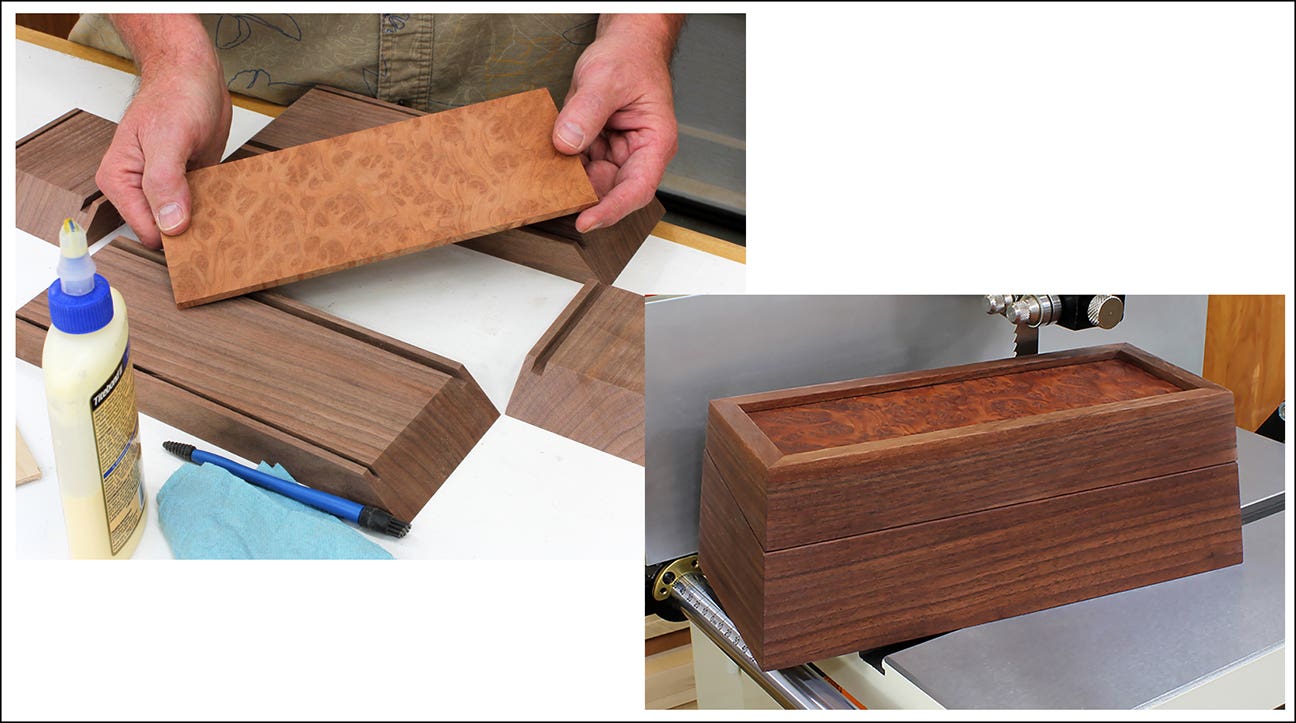WMIA scholarship money helps students, industry
The Woodworking Machinery Industry Association awarded $36,500 in scholarship money in May for students pursuing woodworking education. About half of the money is going to 12 college students selected by…
The Woodworking Machinery Industry Association awarded $36,500 in scholarship money in May for students pursuing woodworking education. About half of the money is going to 12 college students selected by the trade group’s educational foundation board of trustees.
“There were some difficult decisions this year,” WMIA president Larry Hoffer says. “We received a record number of scholarship applications, including 14 female students, nine of whom received awards.”
“In assessing the scholarship award applicants, the WMIA education committee uses a blend of criteria to search for the winners,” adds committee chairman Jason Howell, who is also president of Weinig/Holz-Her. “Ranging from a student’s own expression of their passion to have a career in the wood industry, to their professor’s and employer’s references and opinions of the same, to their academic success, the evaluation is thorough and oriented to benefit the student winners and our industry alike.”
This year, the WMIA started a pilot program for schools to receive scholarship funds. Pittsburg State (Kan.) University, Hennepin Technical College in Minnesota and New England School of Architectural Woodworking in Massachusetts were eligible, receiving a total of $18,000.
Canada has a new voluntary standard for formaldehyde emissions from composite wood products. But an analysis by Brian Sause, director of the Hardwood Plywood and Veneer Association’s laboratories isn’t very favorable.
“The Canadian Standards Association began the standard-writing process with an extensive volatile organic chemical standard and ended up on just formaldehyde,” he says. “Although their stated intent was to harmonize with the existing California Air Resource Board’s Airborne Toxic Control Measures on all sections relating to responsibilities of manufacturers and third-party certifiers, the CSA’s standard falls short on how it is to be administered.
“Most surprisingly, the standard allows users to label product with either ‘complies with CAN/CSA-O160’ or ‘certified to CAN/CSA O160’ depending on the level of participation in accredited third-party programs. This essentially allows self-certification and labeling within this standard through the ‘complies with’ statement as an alternative to third-party certification. No guidance is given on how a ‘complies with’ program would be monitored other than use of an accredited testing laboratory and specimen chain of custody.”
A shortage of workers is threatening growth of the construction industry, according to Associated General Contractors of America.
Construction employment dipped for the second consecutive month in May, but rising industry pay and plunging unemployment suggests contractors would be hiring more workers if they were available, according to analysis by the trade group.
“Although construction employment slipped in April and May, the industry has added workers in the past year at the double the rate of the overall economy,” group chief economist Ken Simonson said in a statement. “Average pay in construction is rising faster than in the rest of the private sector and the number of unemployed construction workers was at the lowest May level in 16 years. These facts support what contractors tell us: they have plenty of work, but are struggling to find qualified workers to hire.”
This article originally appeared in the July 2016 issue.






